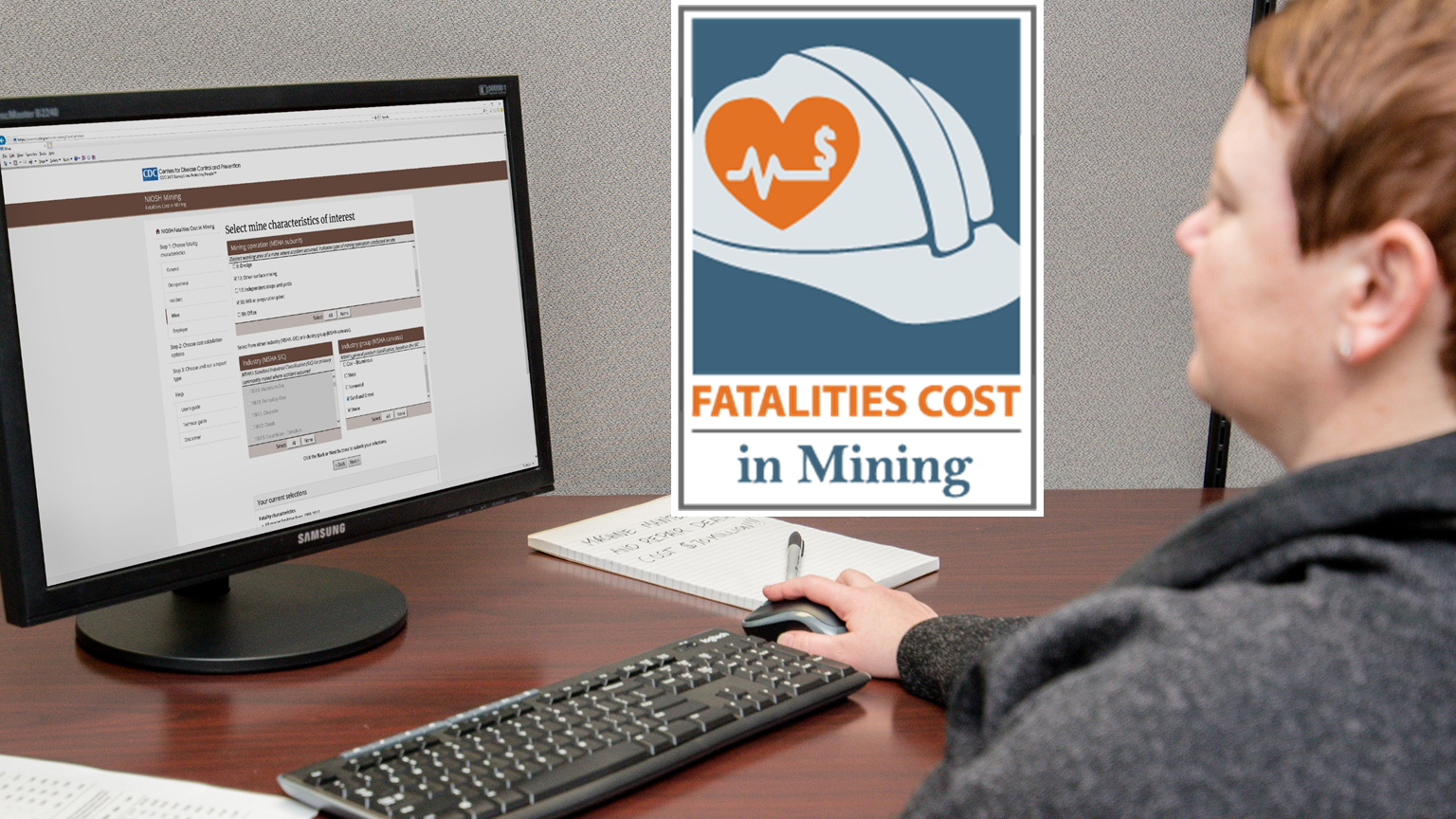Purpose
Fatalities Cost in Mining is a web application that offers cost estimates for mining fatalities that can be used to inform decision making and promote prevention activities.

Overview
The Fatalities Cost in Mining web application, developed by the NIOSH Mining Program, uses an adapted version of a well-known cost-of-injury methodology to estimate the societal cost of an individual fatality based on key characteristics of the fatally injured miner. In this model, the cost of a fatal injury has two main components: (1) a one-time direct cost and (2) an annual series of indirect costs beginning at the victim's age at death and ending at age 67 (estimated retirement age). The direct cost is the estimated medical cost associated with the fatal injury. The indirect cost estimate has two components: the victim's wage value (wage and benefits adjusted for growth) and the victim's household production value (time spent performing household tasks and providing care to household members). For each year between the year of death and age 67, the calculator sums the two indirect cost values and then adjusts them for the time value of money using a real discount rate. The web app adjusts all costs for inflation using the GDP deflator.
Access
Access Fatalities Cost in Mining 1.0
Citation
Heberger J, Fritz J [2019] Fatalities Cost in Mining. Pittsburgh, PA: U.S. Department of Health and Human Services, Public Health Service, Centers for Disease Control and Prevention, National Institute for Occupational Safety and Health, version 1.0, 2019 Mar; :software
